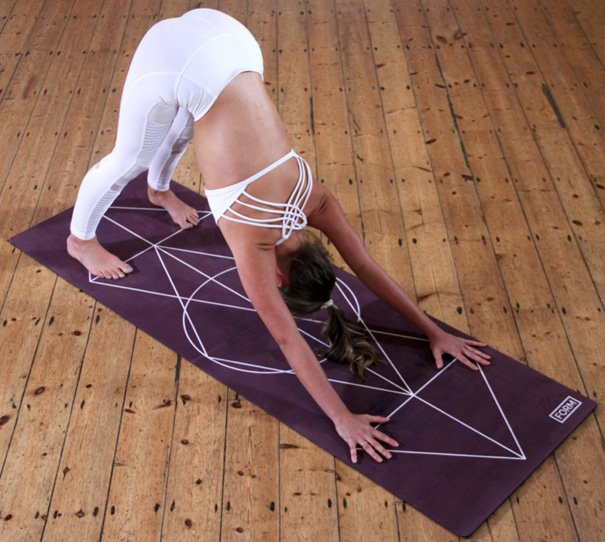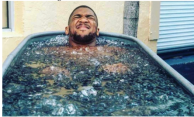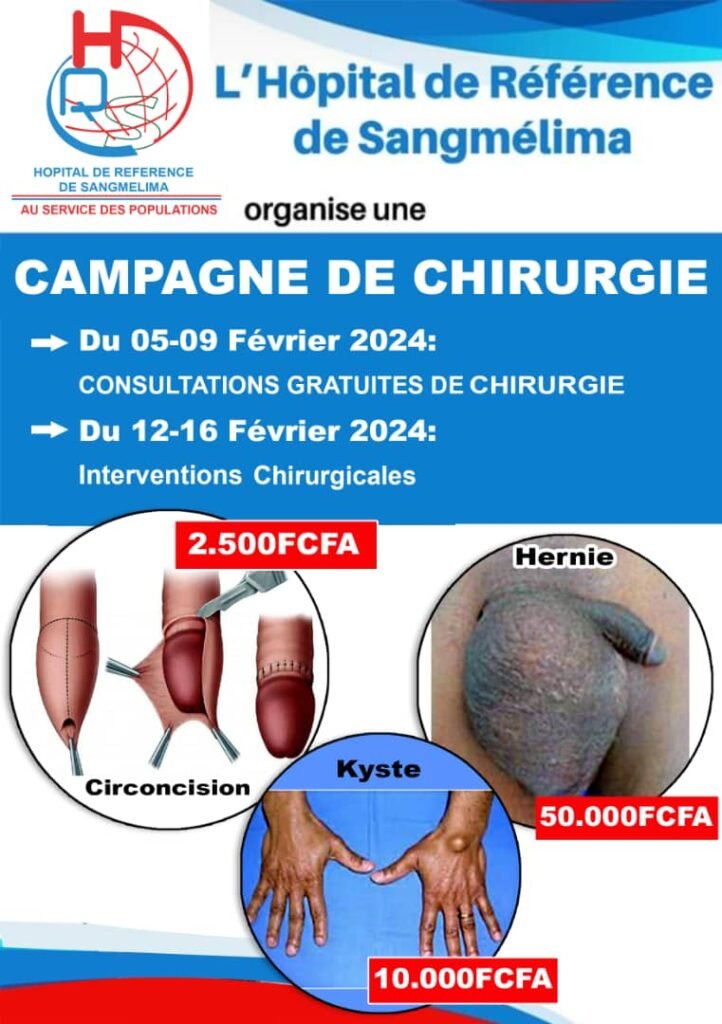Stretching : Practices that reduce muscle sorenessPractices soreness

Sports teachers say that stretching reduces the intensity of future muscle soreness, but this has not been proven.
Many Sunday joggers
start their sports session with a 15-minute warm-up and end it with a few stretches, with the help of a bench or a barrier. Sports teachers
have told us time and time again that these movements help to reduce the intensity of the aches and pains to come. Between the feeling of stiffness and the difficulty to move, muscle soreness can be very painful and restrictive. So it’s only natural to want to reduce them. However, the idea that stretching would help relieve them is actually a common misconception. As the Cochrane review observes, all the scientific studies carried out on the subject have come to the same conclusion: stretching, whether it is carried out before, during or after sport, is not associated
with a clear reduction in muscle soreness.
This myth stems from a theory dating back to the 1960s, according
to which stretching would restore blood flow to the muscle. Since then, the hypothesis has been discredited. In fact, the opposite is true: “Stretching compresses the blood vessels and delays blood circulation,” explains Dr Sophie Gleizes-Cervera,
a specialist in physical and rehabilitation medicine and sports medicine. The mechanism of muscle soreness is now a little clearer. During intense physical effort, small lesions can appear in the muscles. In order to repair them, an inflammatory reaction is triggered. “These are the mechanisms
that lead to the pain we know as muscle soreness. The peak of the pain occurs most of the time two days later,” explains Dr Gleizes-Cervera. “Stiffness is rather positive, because it allows the muscles to regenerate, to make new cells and in so doing to develop the muscle,” explains the sports doctor. “Stiffness allows the muscles to regenerate, to make new cells and in doing so, to develop the muscle”.
Muscle damage The main problem with stretching is that it can itself cause muscle damage. And if they are carried out when lesions are already there – as a souvenir of a previous sports session – they can aggravate them and lengthen the duration
of the pain. “So beware of stretching for too long and with too much intensity,” the doctor warns. In spite of this, stretching is well established in our sports routines. “At the time, they relieve
the feeling of stiffness and cause a feeling of well-being because they help the muscle to relax,” notes Dr Gleizes-Cervera. But as soon as the stretching session is over, this positive effect disappears. “If people really find it difficult to do without, we advise them to do active stretching during which the muscle is contracted,” she continues. Unlike static stretching, active stretching limits the time spent in the stretching position. For example, a knee raise, a heel-buttock exercise, etc. So we need to find another way to relieve the aches and pains. But for the moment, there is no miracle solution. “The level of soreness will depend on your warm-up, the intensity of your training and your progress. The higher your level of sport, the less soreness you will have,” explains the sports doctor. Good hydration
could help reduce them, although this has not been proven.
If it is therefore advisable to skip the “stretching” part of your sports session, the warm-up remains
essential. “It prepares the joints, muscles and cardiovascular
system for the effort by raising
the body temperature and increasing the cardiac output,” explains Dr Gleizes-Cervera. “If you haven’t warmed up properly, you risk a drop in performance and an injury”.
















